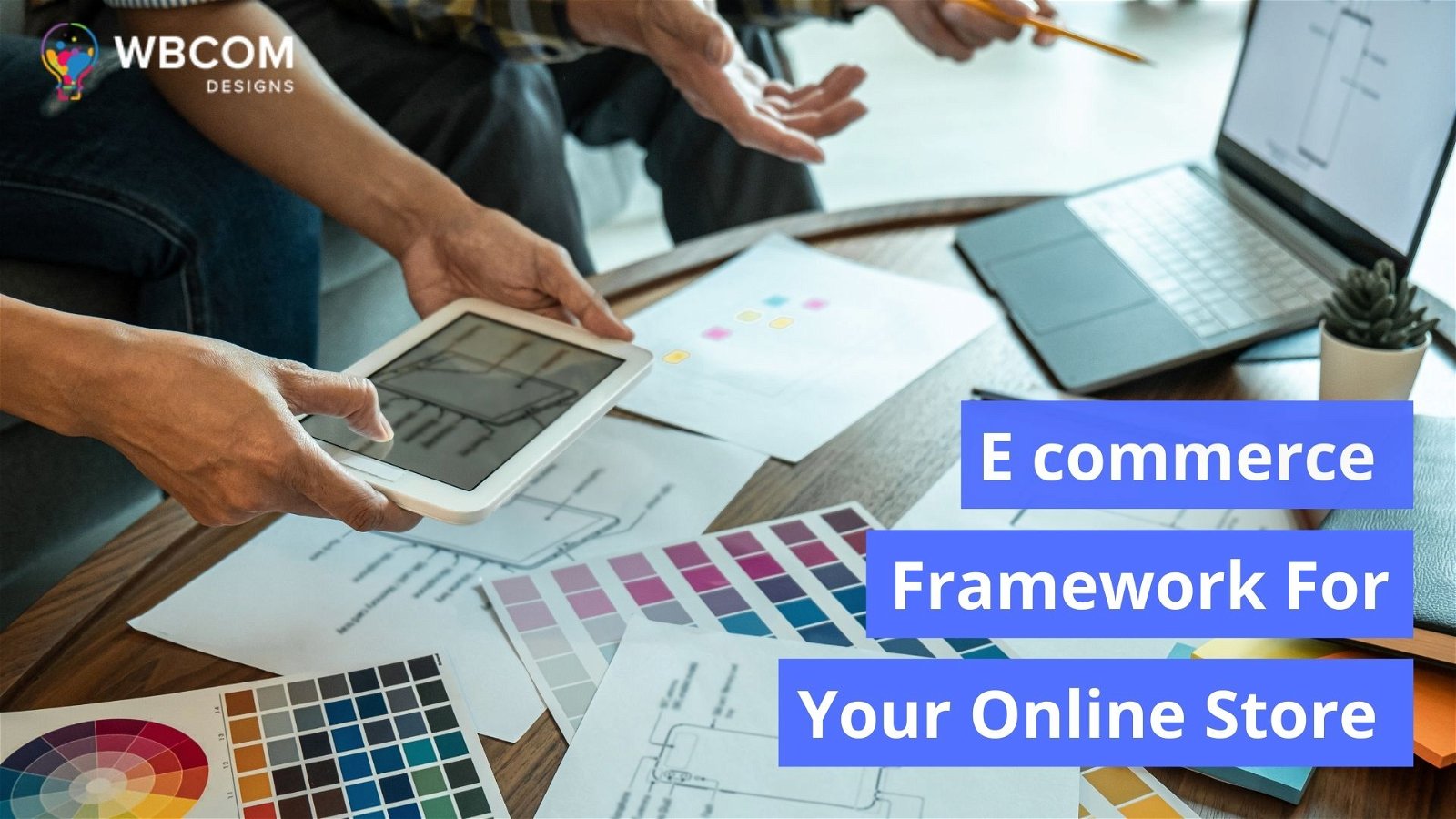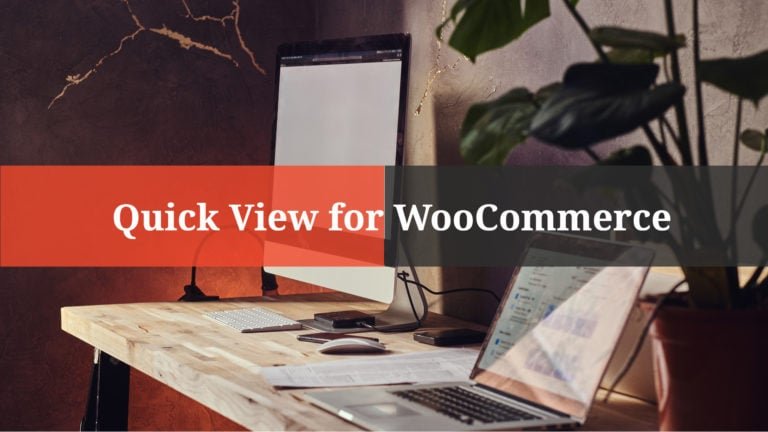Online shopping by now has probably become a very familiar concept for the audience. You might have decided to take your business online to reach a wider section of the audience. However, it can be overwhelming if you’ve never worked in e commerce before. First of all, it takes a lot to choose the right e commerce framework. You need to find the answer to many questions. How do you choose the right framework to build your e-commerce website? What distinguishes SaaS frameworks from open-source frameworks? What about headless business? And so on.
No one solution works for every business, so you must first determine your needs to select the framework that will allow online payments, put the customer experience first, and guarantee the privacy of your consumers. Let’s discuss this more in detail and choose the right option.
Table of Contents
ToggleWhat is an e Commerce Framework?
The kind of software you’re using to create your online store is referred to as an e-commerce framework. For example, BigCommerce is a SaaS-based platform, whereas the e-commerce program Magento owns an open-source architecture. Both frameworks also offer a headless framework. An e-commerce platform is frequently confused with programming frameworks. The goal is to establish a website’s foundation by maintaining and operating them with features including –
- Robust architectural features
- Security and maintenance services
- Operational functionality
- Design and development compatibility
- Website infrastructure functionality
- Analytic functionality
- Product and company viability, etc
Different Types of e Commerce Platforms
SAAS e Commerce Framework
SaaS is an acronym for “software as a service.” Under a SAAS e-commerce platform, users subscribe rather than buy to help vendors to host, maintain, and grow. SaaS platforms are typically more popular for their out-of-the-box capabilities. However, the customization options are very limited but are more adaptable than ever before because of APIs and pre-built interfaces.
Pros:
- Vendors can make real-time updates to keep enhancing the program over time.
- It is less expensive as compared to open-source or headless commerce frameworks.
- SAAS enables you to easily enter the market.
- No need to stress about hosting plans as the security and maintenance are covered by your fees.
Cons:
- Less customizable as compared to headless or open-source frameworks.
Open Source Framework
Open source software enables users to view and modify the source code on their software instance. It’s typically based on PHP language, a well-liked general-purpose programming language, but not always.
The more customizations you make, the greater the risk of unintended consequences. You’ll need developers to not only create the customizations you want but also to maintain the code over time and ensure ongoing cybersecurity defenses to protect your company and your customers.
Pros:
- Endless possibilities for customizations.
- An engaged and active community for developers.
Cons:
- Vendors are responsible for applying security patches and software updates.
- More customization features mean more reliance on developers to make complex changes.
Headless E commerce Framework
Headless commerce separates the back- and front-ends so that merchants can select their front-end presentation layer and use a composable architecture approach to provide a unique consumer experience. Additionally, the frameworks also allow individuals to use a multi-vendor strategy, where they can use one vendor for the back-end solution and the other for the front.
Pros:
- Website owners have the freedom to use any front-end they like, including PWAs, headless Shopify front-ends, and other digital experience platforms.
- For a multi-site experience, your back end can power numerous front ends.
- Your front and rear ends can each go through development without threatening effects on the other when they are separated.
Cons:
- Because you’ll need to pay for your back-end, front-end, and maintenance costs, the total cost of ownership may be too expensive.
The Top 5 E commerce Frameworks
Choosing the right framework requires a lot of brainstorming. There are several e Commerce frameworks available today, but the best one for you will depend on your needs. Let’s examine a few of the top 10 along with some of their benefits and drawbacks.
1- BigCommerce
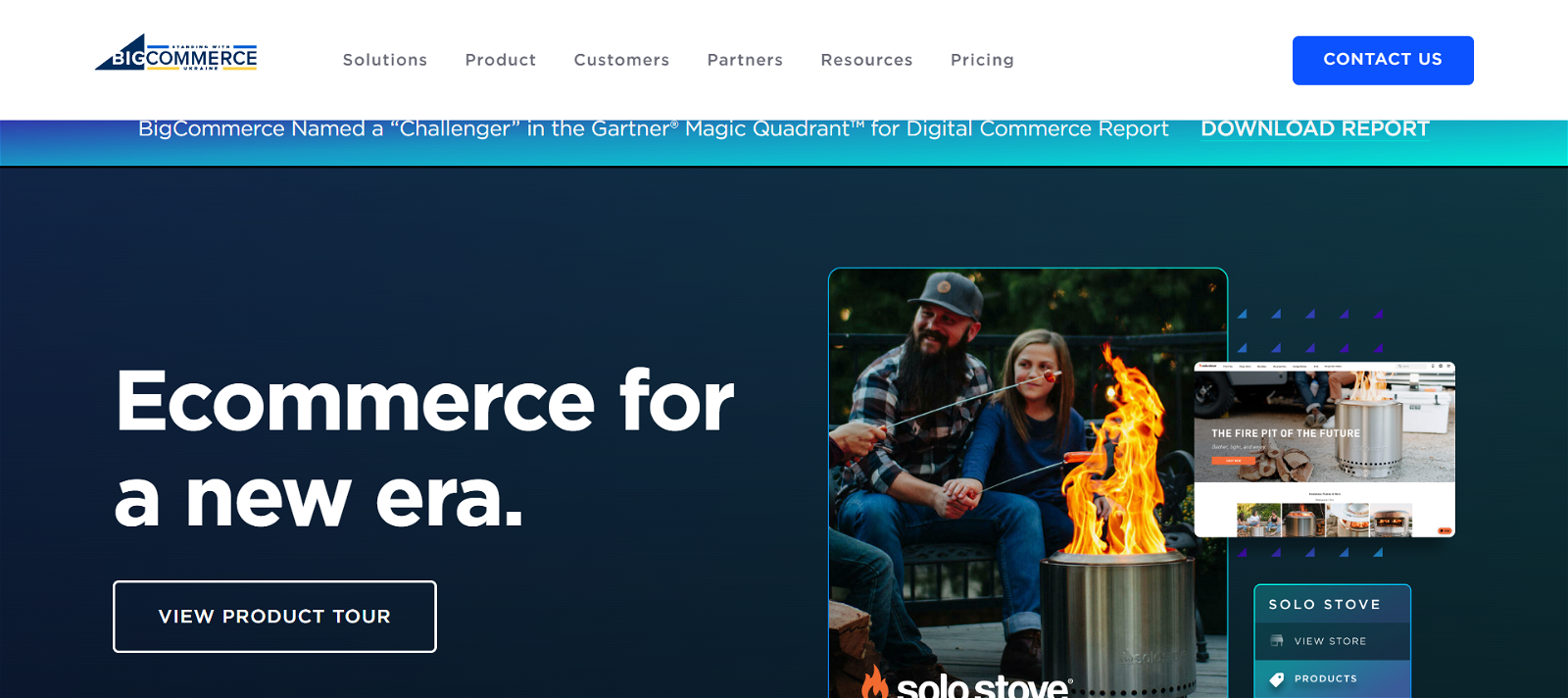
BigCommerce is a popular SaaS platform with robust headless commerce capabilities and extremely flexible APIs. Extension and connection to different environments are possible only through the core platform components.
BigCommerce can have a little steeper learning curve than some of the competitors because it is on the more versatile end of the SaaS product spectrum. Also, the platform provides 24/7 worldwide assistance to always keep you guided.
2- Shopify
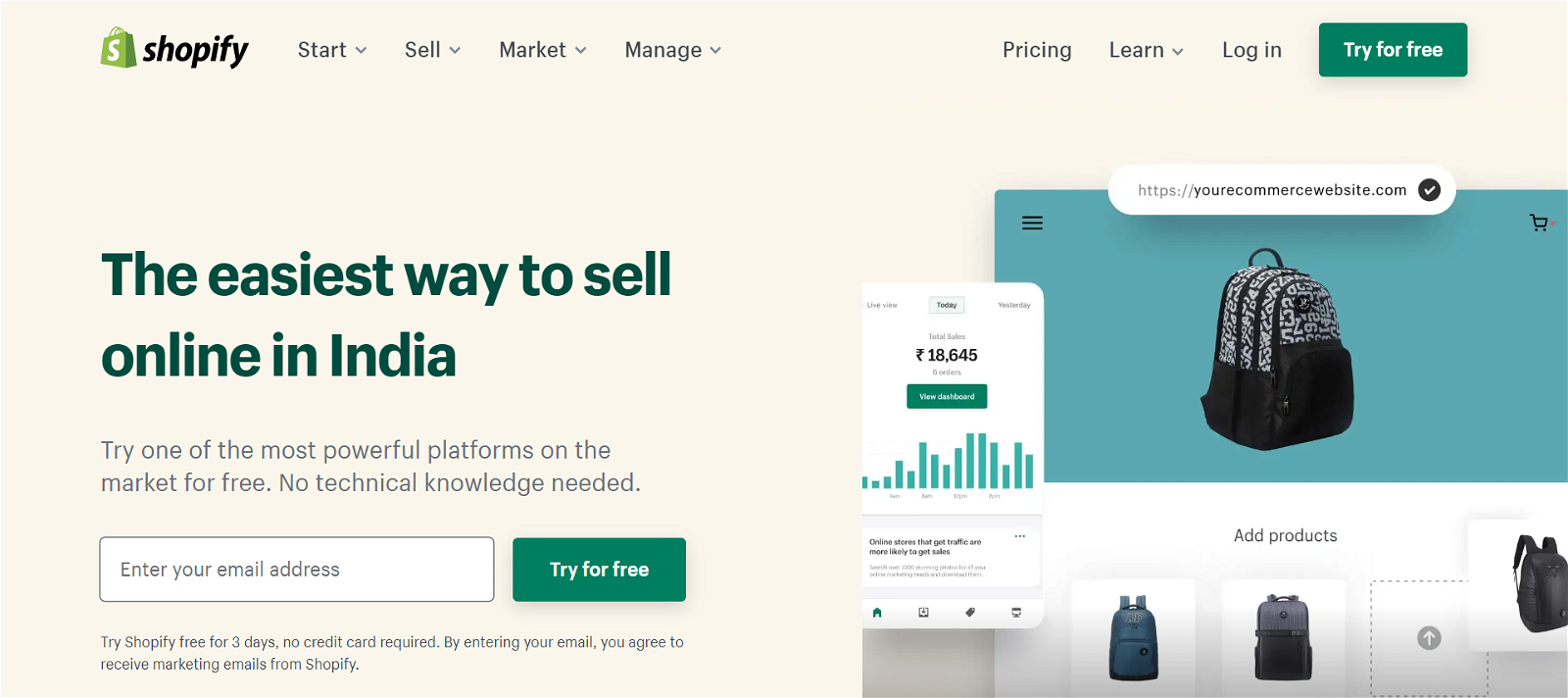
Shopify is among the other hosted e-commerce frameworks providing a low technical barrier for quickly creating a store with the most fundamental features. As a result, setting up and running the store is simple. Also, certain third-party tools demand a separate subscription. You can activate integrations with more than 4,100 apps that improve functionality in just one click.
Also Read: Top WordPress Theme Frameworks And Starter Themes
3- Magento
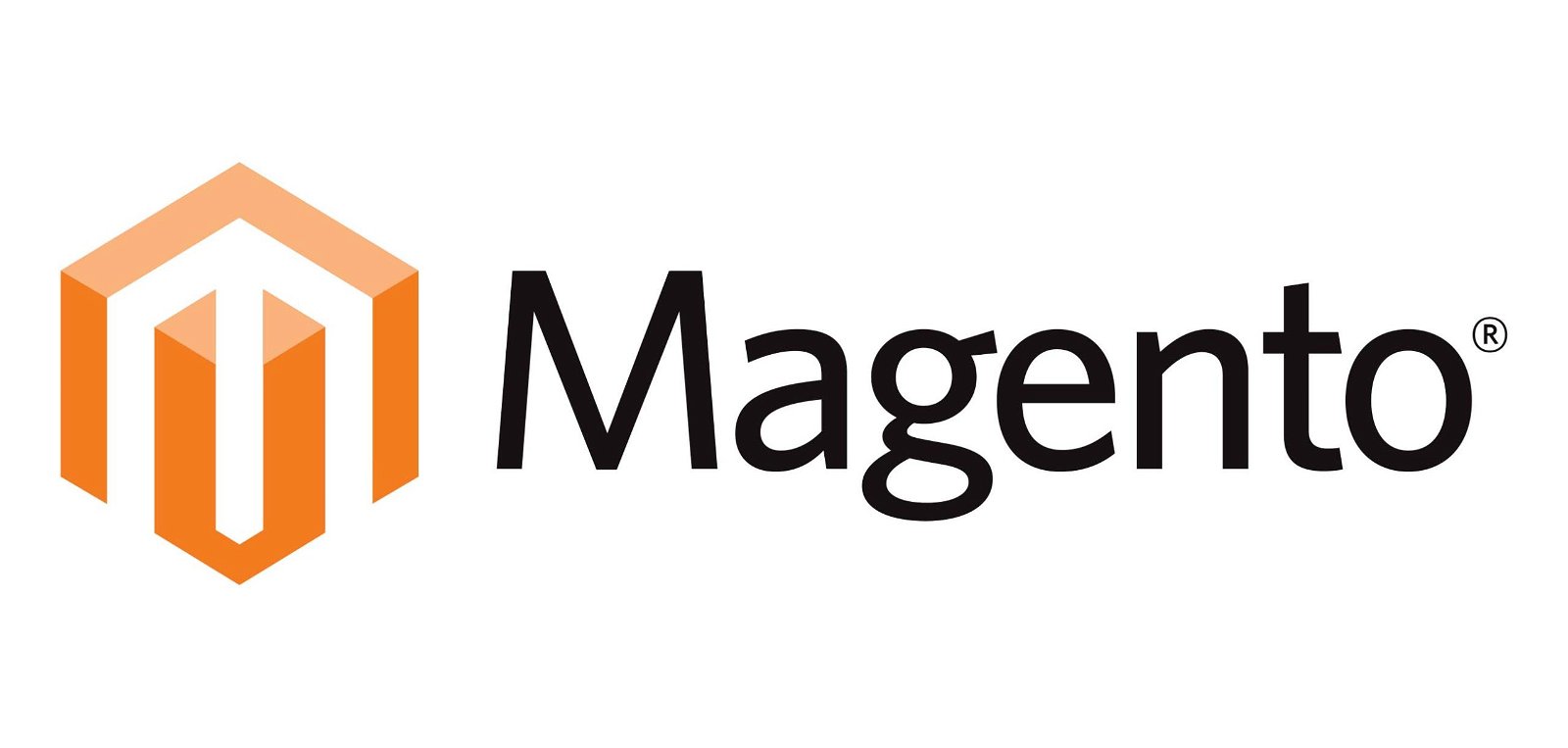
The third on your list is Magento. It is an open-source platform that can be installed locally on your servers or in the cloud (PaaS). If you are familiar with open-source PHP development, Magento is very adaptable and scalable because it is written in the PHP programming language. It now interfaces with Adobe products like analytics, a customer data platform, and more because it is a component of the Adobe Experience Cloud.
One of the reasons most companies move away from the platform even after having a sizable team of developer support is the huge reliance on developers for setup, upkeep, and updates to your store. Depending on your website’s complexity, even a simple Magento Open Source store with a template and no extensions can cost you anywhere from $20,000 to $45,000.
4- WooCommerce
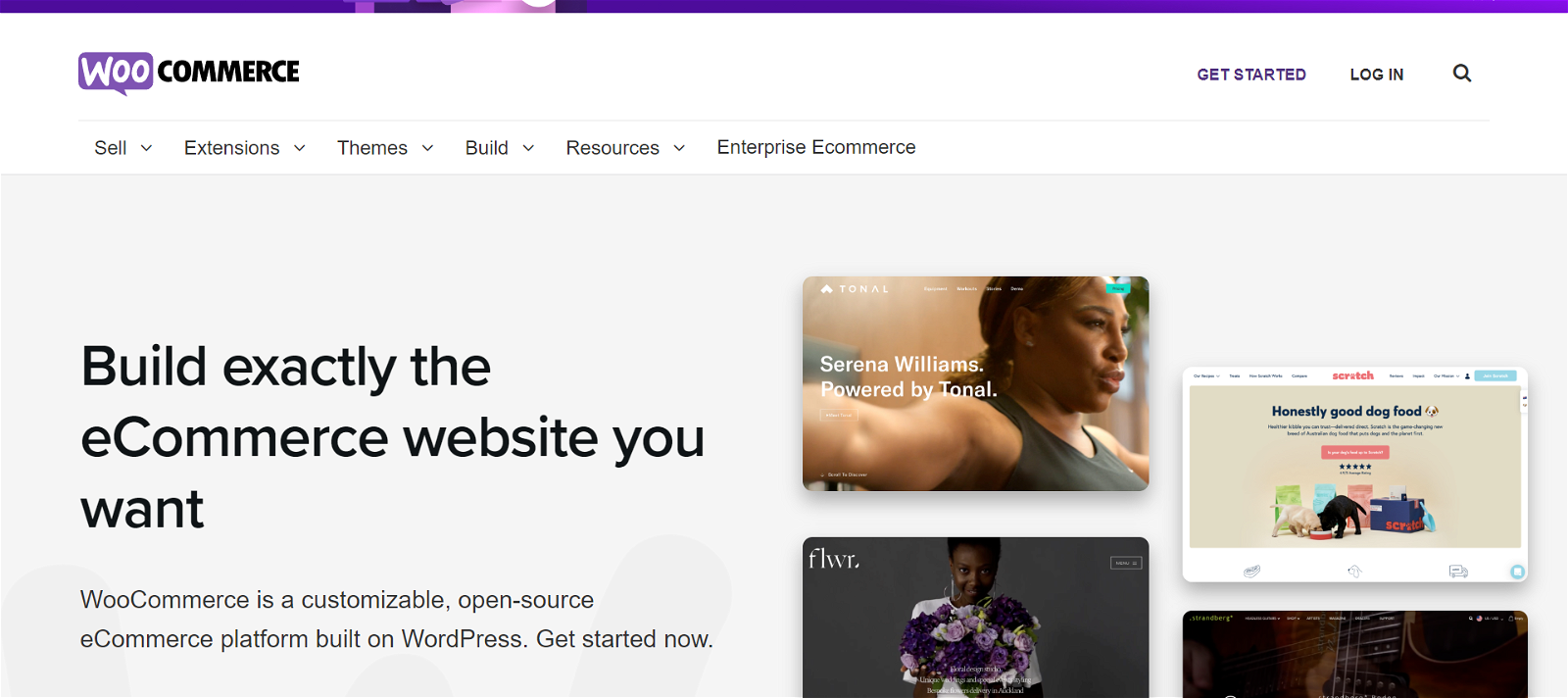
WooCommerce is a popular self-hosted, open-source framework for WordPress websites that are created and maintained by Automattic. It includes a respectable initial selection of key checkout functionality for online stores.
Being an open-source framework, it offers complete flexibility over customization and store management. You may also access a sizable network of WooCommerce Meetup groups to get assistance for running your store.
The major drawback includes several essential shopping cart functionalities like single-page checkout, cart recovery for abandoned items, and discounts are not natively available (unlike a solution like BigCommerce). Additionally, the platform also gets expensive and time-consuming to users who want to add more payment options, catalog management, and marketing services.
5- Squarespace

Are you looking for an easy-to-customize and fairly simple framework for your e-commerce needs? Squarespace is popular for its ability to eliminate the need for an outside developer by offering quick and simple site upgrades and media management. This SaaS platform is well-designed to provide built-in inventory tools and template designs.
If you don’t comprehend every function, you can overlook certain important components that could help your site succeed even more. Also, Squarespace has several drawbacks. But you need to focus on the major requirements of your business before not choosing the framework. The major drawbacks include that it only integrates with four payment processors and charges a 3% transaction fee on each sale if you choose to subscribe to the most affordable plan.
Choosing the Best E commerce Framework
Some platforms are packed with extensive features and easy customizations, which makes setup quick and simple but makes customization later on more challenging. However, you need to prioritize your needs depending on your particular business as you compare platforms. Here’s everything you need to keep in mind before choosing the ideal platform.
1. Define Your Business Needs
Depending on your business strategy, products, preferred sales and promotion methods, and other factors, every e Commerce firm has various needs.
First, identify your company’s business model—B2C or B2B. Many e Commerce systems are unable to address the unique needs of B2B firms right out of the gate. Make sure your inventory and sales can be integrated if you operate both an online store and a physical location so that you can always see your company as a whole.
Will marketplaces like Amazon or Wish be a part of your marketing and sales plan? What about using Facebook, Instagram, or other social media platforms for selling, promoting, and/or advertising? A smooth connection between your store and those channels of sales will enable you to maintain a unified image of your company, particularly your inventory.
Also Read: How to Create and Sell Online Courses – Step by Step Guide
2. Focus on Your Budget
One of the most important things to bear in mind while choosing your ideal e-commerce framework is your budget. You need to understand that different frameworks come at different costs of maintenance based on their features and functionalities. That’s why you need to assess both the present and future needs and costs of the expense of each framework. Additionally, how costs are organized may affect your company’s finances.
SaaS will give you a fairly constant cost over time, making it simpler for you to protect your future financial situation. On the other hand, Open source frameworks can come with hefty licensing fees up front, and you’ll also need to budget for varying implementation expenses as well as ongoing costs for development and maintenance.
Based on the number of systems they connect and your choice of front- and back-end, headless frameworks can be expensive, but for merchants that want extensive customization, it might be worthwhile.
3. Scalability and potential expansion.
You might not have thought of expansion yet. But if expansion is your ultimate goal, you need to take a look at both your present and future needs. For better expansion and scalability you need a platform that can handle additional traffic, SKUs, variants, and API requests. If you wish to grow abroad, you also require support for local laws and compliance. Also make sure that the framework can accept payments in different currencies, and maybe even the ability to operate multiple stores for a better user experience.
4. Customer Support Availability
Do you think you can easily manage the new software to create your e-commerce store?
matter how tech or e-commerce-savvy you are, there will be a little to learn for a new software platform. You must be aware of the support your e-commerce platform provides. It is essential to choose a framework that offers 24/7 support to its users.
Conclusion:
We’ve identified the three major framework types and how they can be suitable options for your business. You are free to build an agile and scalable website with an excellent user experience using the best e Commerce framework to give your online business a kickstart.
Now is the time to choose the most suitable option of the three e Commerce frameworks. There isn’t a universal e Commerce platform available. What your e-commerce site needs to support and how you want to manage your business will determine which framework is best for you. So are you ready to choose the best option for your online business? Keep the above points in mind while choosing the best option.
Interesting Reads:
Is WordPress Suitable For Enterprise Needs?

